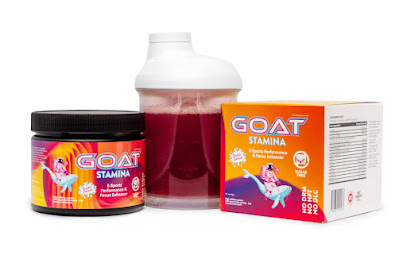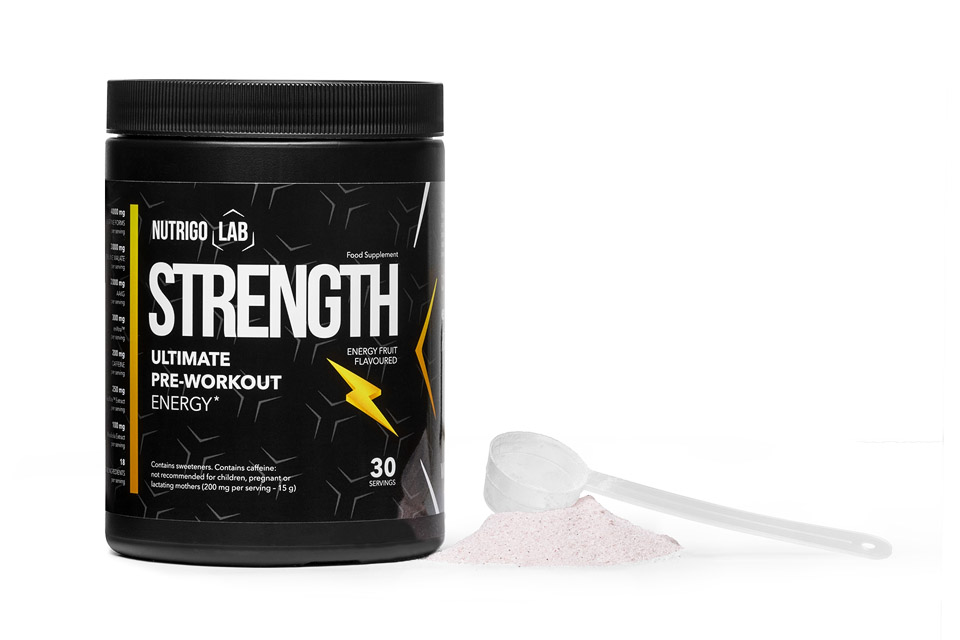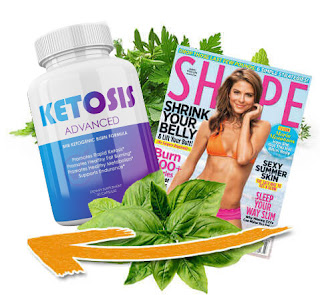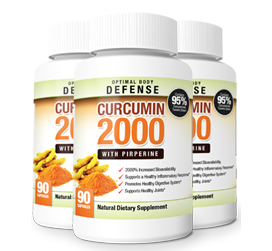What is astaxanthin?
Astaxanthin is a naturally occurring carotenoid pigment found in various marine organisms, microalgae, and some plants. It is responsible for the red, pink, or orange color seen in certain seafood, such as salmon, shrimp, and lobster.
Astaxanthin is a powerful antioxidant, meaning it helps protect cells from oxidative damage caused by free radicals. It is considered one of the most potent antioxidants among carotenoids, surpassing the antioxidant capabilities of other well-known antioxidants like vitamin C, vitamin E, and beta-carotene.
Due to its potent antioxidant properties, astaxanthin has gained popularity as a dietary supplement. It is available in capsule or softgel form, often derived from microalgae or extracted from certain marine organisms.
People take astaxanthin supplements to potentially support various aspects of health, including:
Skin Health: Some studies suggest that astaxanthin may help protect the skin from UV-induced damage and promote skin hydration and elasticity.
Eye Health: Astaxanthin's antioxidant properties may support eye health and protect against age-related macular degeneration (AMD) and other eye conditions.
Exercise Performance: Some research indicates that astaxanthin may enhance endurance, reduce exercise-induced fatigue, and support muscle recovery after strenuous physical activity.
Anti-Inflammatory Benefits: Astaxanthin's anti-inflammatory properties may be beneficial for reducing inflammation and supporting joint health.
Cardiovascular Health: Some studies suggest that astaxanthin may help improve cardiovascular health by supporting blood flow and reducing oxidative stress on blood vessels.
As with any dietary supplement, it's best to choose products from reputable brands that adhere to good manufacturing practices (GMP) and have undergone quality testing to ensure purity and potency.
Does astaxanthin have anti-aging properties?
Astaxanthin is believed to have potential anti-aging properties due to its powerful antioxidant capabilities. Aging is associated with oxidative stress, which occurs when there is an imbalance between free radicals (highly reactive molecules) and antioxidants (molecules that neutralize free radicals). The accumulation of oxidative damage in cells and tissues over time is believed to contribute to the aging process and the development of age-related diseases.
As an antioxidant, astaxanthin helps combat oxidative stress by neutralizing free radicals and reducing cellular damage caused by these reactive molecules. By protecting cells from oxidative damage, astaxanthin may help slow down the aging process and reduce the risk of age-related health conditions.
Some potential anti-aging benefits associated with astaxanthin include:
Skin Health: Astaxanthin's ability to neutralize free radicals may help protect the skin from UV-induced damage and reduce signs of aging, such as wrinkles and fine lines. It is also thought to promote skin hydration and elasticity.
Eye Health: Astaxanthin's antioxidant properties may support eye health by protecting the eyes from oxidative damage and reducing the risk of age-related macular degeneration (AMD) and other eye conditions.
Cognitive Health: Oxidative stress is also believed to play a role in age-related cognitive decline and neurodegenerative diseases. Astaxanthin's antioxidant properties may have potential benefits for brain health and cognitive function.
Cardiovascular Health: Astaxanthin's ability to reduce oxidative stress on blood vessels may help support cardiovascular health and reduce the risk of age-related heart diseases.
It's important to note that while astaxanthin shows promise in preclinical and some clinical studies, more research is needed to fully understand its specific effects on aging and age-related conditions in humans. While astaxanthin may be part of a comprehensive approach to healthy aging, other lifestyle factors such as a balanced diet, regular exercise, and avoiding smoking and excessive alcohol consumption are also crucial for overall well-being and longevity.
What foods contains astaxanthin?
Astaxanthin is naturally found in various marine organisms, algae, and some plants. The primary dietary sources of astaxanthin include:
Wild Salmon: Wild-caught salmon, particularly species like sockeye salmon, have a vibrant pink or reddish color due to their consumption of astaxanthin-rich foods in their natural environment.
Shrimp: Some shrimp species, such as pink shrimp and prawns, contain astaxanthin, contributing to their pinkish-orange color.
Lobster and Crayfish: These crustaceans also contain astaxanthin, which gives them their characteristic red or orange color.
Krill: Krill are tiny marine crustaceans that serve as an essential food source for many marine animals. They contain astaxanthin, which contributes to their reddish appearance.
Algae: Certain species of microalgae, such as Haematococcus pluvialis, are rich sources of astaxanthin. These microalgae are often used as a natural source for astaxanthin supplements.
Red and Pink Fruits and Vegetables: Some fruits and vegetables, such as red or pink grapefruit, red peppers, and watermelon, contain small amounts of astaxanthin.
It's important to note that the astaxanthin content in these foods can vary depending on factors such as the species, location, and diet of the organism. Additionally, the astaxanthin content in fruits and vegetables is generally lower compared to marine sources like salmon and krill.
If you are looking to increase your intake of astaxanthin through dietary sources, including wild-caught salmon, shrimp, and other seafood in your diet can be beneficial. Alternatively, you can explore astaxanthin supplements derived from natural sources like microalgae if you prefer a more concentrated form of this antioxidant.















.png)







.png)
.png)
No comments:
Post a Comment